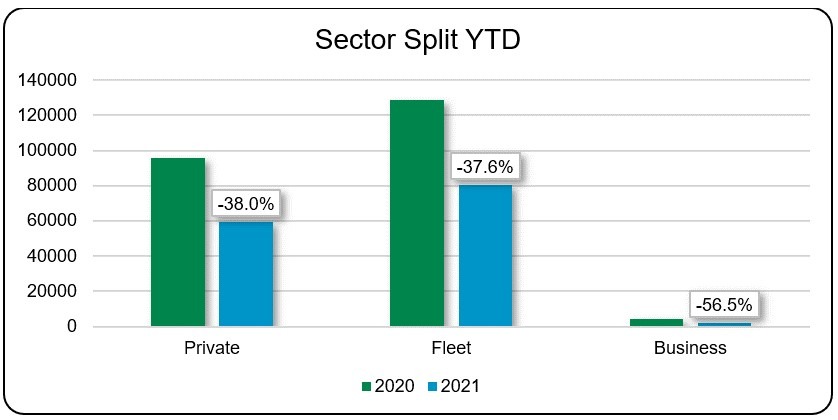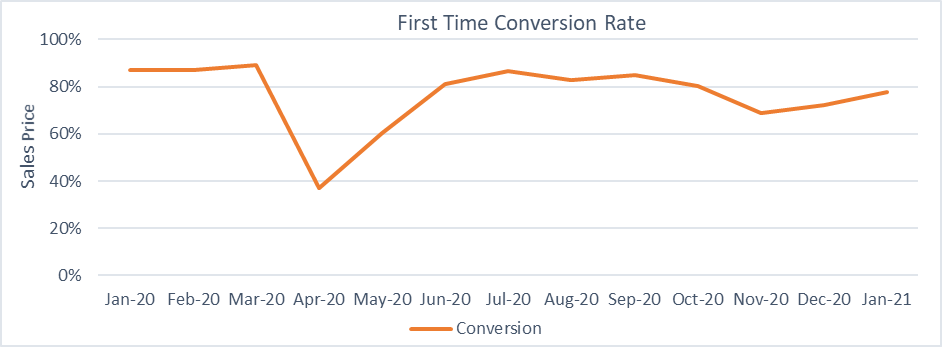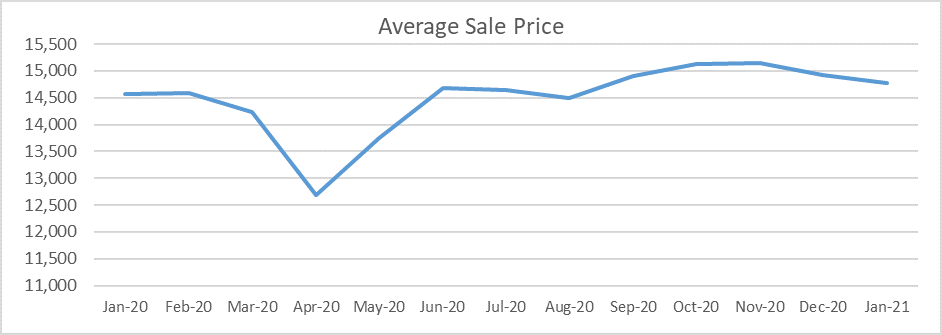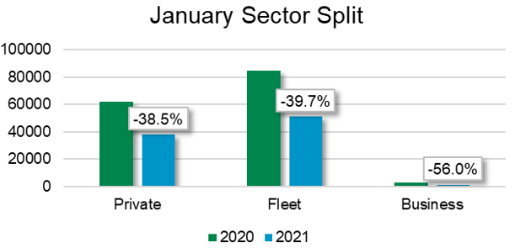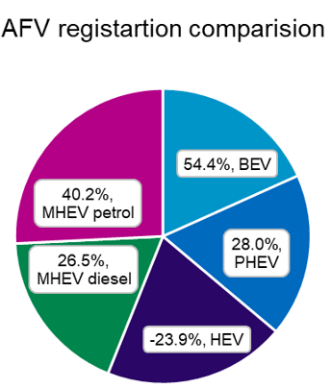The UK Government is lowering the plug-in vehicle grant offered to consumers buying an electrically-chargeable vehicle (EV). It is also imposing a list-price limit, reducing the number of models eligible for the new incentive amount.
From 18 March, only vehicles priced below £35,000 (€40,906) will qualify In addition, the total amount consumers can claim towards the cost is reduced by £500, to £2,500. The government claims that implementing this lower grant and the price cap can spread the funds available across a larger number of EV sales over a longer period.
The move has been met with disappointment by the country’s automotive industry. With dealerships closed until at least the middle of April due to COVID-19 lockdowns, vehicle sales in the UK have suffered. The government is also pushing forward with plans to ban the sale of internal-combustion engine (ICE) models by 2030. Cutting grants now could hamper both a sales recovery and the adoption of an emerging market.
‘With a stretching 2030 target in place to phase out sales of new petrol and diesel cars and vans, we must avoid sending mixed messages to consumers and businesses. Switching to an electric vehicle still has many barriers, including high upfront costs and availability of reliable charging points,’ commented Matthew Fell, chief UK policy director at the Confederation of British Industry (CBI).
‘The decision to slash the plug-in car grant and the van and truck grant is the wrong move at the wrong time,’ added Mike Hawes, chief executive of the Society of Motor Manufacturers and Traders (SMMT). ‘New battery-electric technology is more expensive than conventional engines, and incentives are essential in making these vehicles affordable to the customer.’
Increasing choice of vehicles
The government states the number of EV models priced under £35,000 has increased by almost 50% since 2019 and that half the models currently on the market will still be eligible for the reduced grant.
According to the government’s website, a total of 36 cars qualify for the new grant. Most of these are in the small and compact-car segments. In its statement, the Department for Transport (DfT) singled out the Hyundai Kona 39kWh and MG ZS EV as examples of ‘family cars’ that are still available with the new £2,500 incentive. However, both these models, and other small SUVs on the list, have a range of around 160 miles. They are not as suitable for long-distance driving.
Those who need to travel long distances are, therefore, being priced out of receiving a grant. The government believes that these models ‘are typically bought by drivers who can afford to switch without a subsidy from taxpayers.’
Reducing emissions
The plug-in vehicle grant scheme was renewed last year, with £582 million of funding available until 2022-2023. It also cut the amount offered to consumers from £5,000 to £3,000 while also introducing a price ceiling of £50,000.
‘Measures to encourage people to switch to electric vehicles are working, with nearly 11% of new cars sold in 2020 having a plug,’ the government states. ‘This was up from just over 3% in 2019 – and battery-electric car sales almost tripled over that same period.’
‘We want as many people as possible to be able to make the switch to electric vehicles as we look to reduce our carbon emissions, strive towards our net-zero ambitions and level up right across the UK,’ commented transport minister Rachel Maclean.
‘The increasing choice of new vehicles, growing demand from customers and rapidly rising number of charge points mean that, while the level of funding remains as high as ever, given soaring demand, we are refocusing our vehicle grants on the more affordable zero-emission vehicles, where most consumers will be looking and where taxpayers’ money will make more of a difference.’
The wrong move
The announcement comes at a time when a vehicle-sales recovery is required following three-and-a-half months of lockdown. The industry is also attempting to transition away from ICE technology. The news of the grants cut has, therefore, been met with disappointment.
Ford’s upcoming Mustang Mach-E, is its first foray into the mass-produced battery-electric vehicle (BEV) market. The model will be priced around £40,000 in the UK, making it ineligible for the government grant. As the country’s market leader, Ford will have hoped for a strong sales performance of its new model. However, with no incentive to purchase, sales may be impacted.
‘Today’s news from the UK Government that plug-in grants for passenger and commercial vehicle customers are being reduced is disappointing and is not conducive to supporting the zero-emissions future we all desire,’ commented Graham Hoare, Ford of Britain chairman.
‘Robust incentives – both purchase and usage incentives – that are consistent over time are essential if we are to encourage consumers to adopt new technologies, not just for all electrics but other technologies too like plug-in hybrids (PHEVs) that pave the way to a zero-emissions future.’
The move could also impact shipments of EVs to the UK when the industry is finding its feet again following Brexit upheaval. Manufacturers could concentrate their production for countries where sales are likely to increase, especially with higher government support.
‘Cutting the grant and eligibility moves the UK even further behind other markets, markets which are increasing their support, making it yet more difficult for the UK to get sufficient supply,’ commented Hawes. ‘This sends the wrong message to the consumer, especially private customers, and to an industry challenged to meet the government’s ambition to be a world leader in the transition to zero-emission mobility.’

 Close
Close